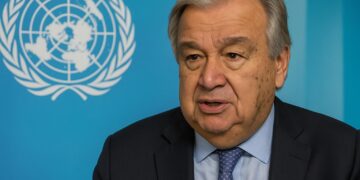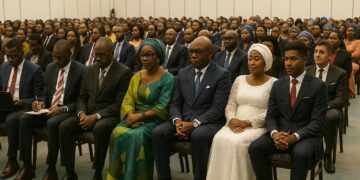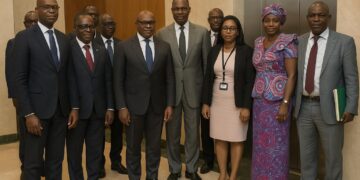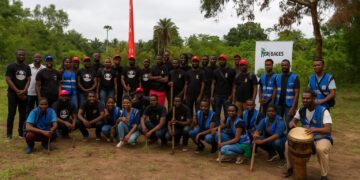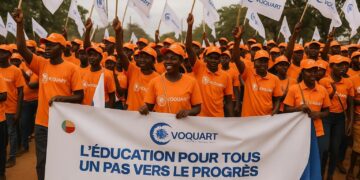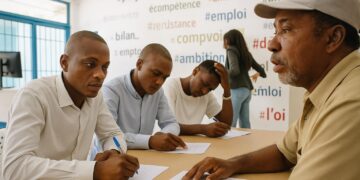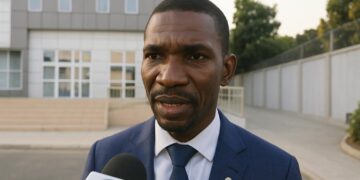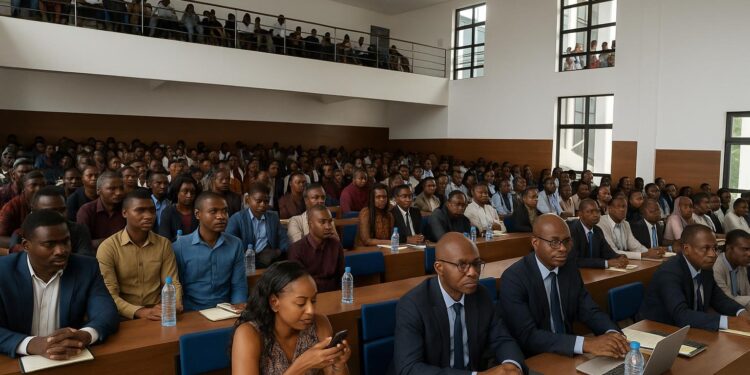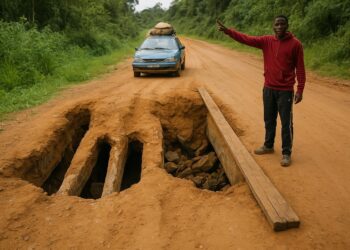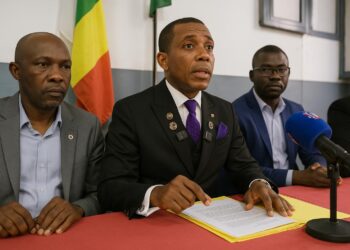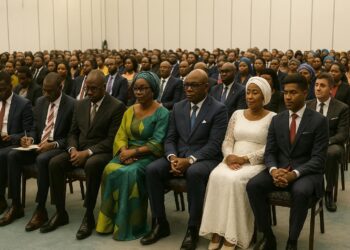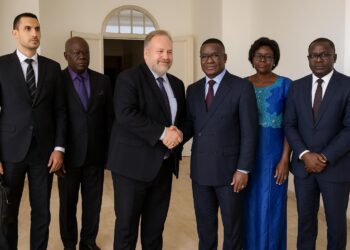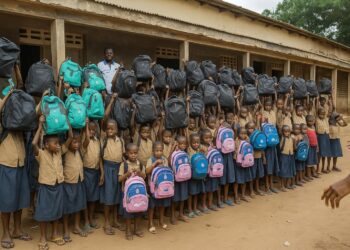Urban growth pressures Brazzaville and Pointe-Noire
During a recent conference in Kintélé, planners and academics warned that Brazzaville and Pointe-Noire can no longer postpone large-scale investment in decent housing. Rapid demographic expansion, estimated by the Ministry of Environment at 9.9 percent annually, is outpacing the two cities’ colonial-era master plans.
Participants urged government and partners to channel capital toward neighbourhood rebuilding, new serviced plots and quick-to-deploy social units. Better housing, they argued, is not a luxury but a prerequisite for economic opportunity, public safety and social cohesion.
Speakers stressed that the conversation is less about bricks than about inclusive prosperity. “A safe home is the first line of defence against poverty,” one architect noted, echoing UN-Habitat guidance that adequate shelter propels productivity and health.
Climate risk amplifies the housing deficit
Professor Narcisse Malanda reminded the audience that erratic rainfall and hotter days intensify landslides, flooding and sand encroachment. Using ministry data, he calculated a 0.07 percent rise in average temperature over fifty years, enough to push Congo to 48th on the global climate-vulnerability index.
Erosion scars gleaming hillsides around Brazzaville, swallowing roads and forcing entire families to relocate to informal peripheries. Each downpour widens ravines, undermines water pipes and cuts electricity, generating additional fiscal pressure for emergency repairs.
Without resilient design, Malanda warned, “urban conflicts multiply.” Drainage channels clog, schoolyards turn into ponds and investment stalls as insurers raise premiums. The cost of inaction, he said, “is far greater than preventive construction.”
Architects positioned as first responders
Congo’s architects have long supported disaster-hit communities, drafting low-cost, climate-smart layouts. Their technical training covers load-bearing choices, ventilation, slope stabilization and material reuse—skills increasingly vital as urban shocks grow frequent.
Conference participants called for stronger integration of these professionals in municipal decision chains. “Architects draw the maps that shape our resilience,” an ISAUBTP lecturer stated, advocating dedicated budget lines for design competitions and technical audits before any public tender.
Architects also proposed modular housing kits built from local timber and compressed earth blocks, reducing emissions and boosting jobs in forestry value chains. Such ideas illustrate how design can intersect with green growth priorities championed by the government.
Financing resilient housing at scale
Turning plans into rooftops requires capital. Delegates floated mixed-finance structures blending state funds, concessional loans and diaspora bonds to lower entry prices for first-time buyers. They see potential in public-private partnerships that couple serviced land packages with long-term lease revenue streams.
Development banks already finance drainage upgrades in several districts, yet speakers argued that urban renewal lines within multilateral climate funds remain under-tapped. Aligning housing projects with nationally determined contributions could unlock grant components and interest-rate buydowns.
Local lenders, for their part, are experimenting with mortgage products pegged to the regional central bank’s sustainability window. Lower risk-weighting for certified green buildings would incentivise commercial banks to extend longer maturities at predictable rates.
Regulatory upgrades under discussion
Participants advocated urgent revision of the Urbanisation Code to incorporate climate-proof standards, digital cadastral maps and mandatory environmental impact screens for new subdivisions. They also recommended stricter enforcement of setback rules along natural waterways to deter illegal infill.
Updating Brazzaville and Pointe-Noire’s master plans, last comprehensively reviewed during the colonial era, ranked high on the agenda. Modern GIS tools, satellite data and community consultations could produce flexible zoning that accommodates informal growth while preserving corridors for public transport and green spaces.
The Ministry of Construction has signalled its intention to table reforms before parliament. Officials highlight that clear, predictable rules reduce transaction costs and attract foreign developers seeking bankable projects aligned with Sustainable Development Goal 11.
Toward inclusive and climate-smart cities
Speakers concluded that building back better means leaving no one behind. Upgrading vulnerable quarters, accelerating surface water collectors and promoting multi-storey apartments near job centres would curb sprawl and trim transport emissions.
Civil-society representatives insisted on community involvement from blueprint to handover. Residents who help design drainage ditches or choose façade colours are more likely to maintain shared assets, lowering lifecycle costs for municipalities.
With decisive policy action and crowd-in finance, Brazzaville and Pointe-Noire could become showcases of African urban resilience. As one delegate succinctly put it, “The city that protects its people today becomes the city that attracts investors tomorrow.”




